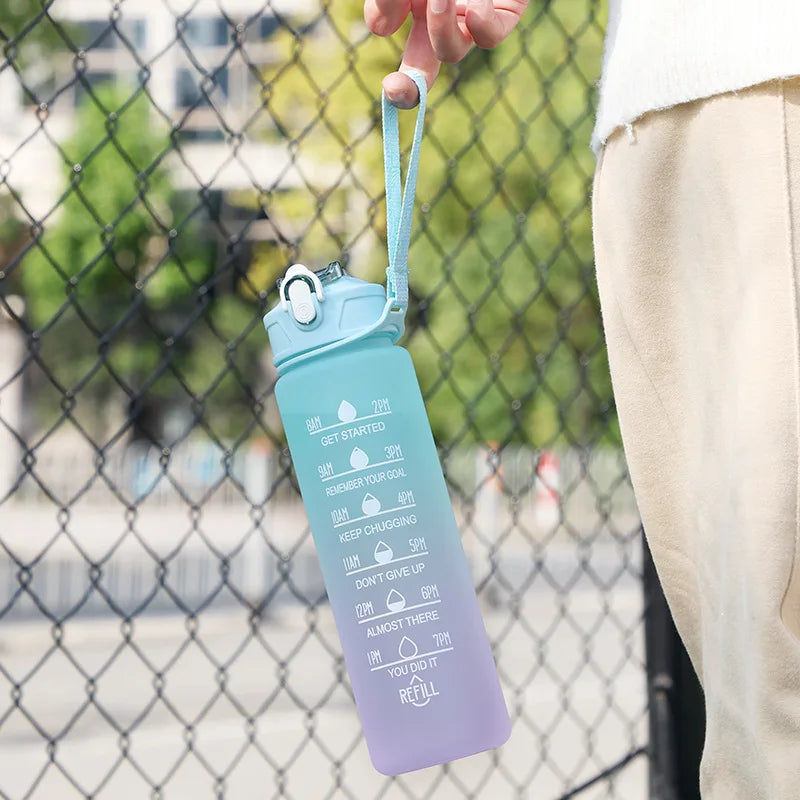
Decoding Scar Healing Stages: A Timeline from Injury to Recovery
Scars are a testament to the skin's ability to repair itself after injury, marking the completion of a complex healing journey. The path from an open wound to a fully healed scar is governed by a multi-stage healing process that varies depending on numerous factors, including the nature of the injury, the individual's age, and their overall health.
This comprehensive guide delves deep into the stages of scar healing, offering a detailed understanding of each phase and how to best support the body's natural healing capabilities.
Understanding the Skin's Healing Mechanism
The skin, the body's largest organ, has an inherent ability to heal itself. When injured, the skin undergoes a well-orchestrated healing process, traditionally divided into four distinct stages:
- Hemostasis (Immediate Response): The body's initial reaction to injury, aiming to stop bleeding through blood clot formation.
- Inflammation (Days 1-3): A defensive strategy where the body works to clear the wound of debris and bacteria.
- Proliferation (Days 4-21): The rebuilding phase where the body starts to fill in the wound with new tissue, known as granulation tissue.
- Remodeling (Day 21 onwards): The final stage where the newly formed tissue gradually strengthens and matures, potentially lasting for months or even years.
The Scar Healing Timeline: What to Expect
Understanding the healing process can help manage expectations and contribute to a smoother recovery.

Stage 1: Hemostasis
- Immediate Action: The body forms a clot to seal the wound.
- Key Players: Platelets and clotting factors work together to prevent excessive bleeding.
Stage 2: Inflammation
- Defensive Strategy: The body initiates an inflammatory response to fight infection.
- Signs to Watch: Redness, warmth, swelling, and possibly mild pain around the wound.
Stage 3: Proliferation
- Rebuilding Phase: The body starts to fill in the wound with new tissue, known as granulation tissue.
- Visible Changes: The wound begins to shrink as new tissue forms.

Stage 4: Remodeling
- Maturation: The new tissue slowly gains strength and flexibility.
- Long-Term Process: This phase can last for several months, with the scar gradually becoming smoother and less noticeable.
Supporting Scar Healing: Best Practices
Optimizing the body's natural healing process involves a holistic approach, combining proper wound care with nutritional support.
Nutritional Support for Effective Healing
A balanced diet plays a pivotal role in supporting the body's healing process. Key nutrients include:
- Protein: Essential for the repair and regeneration of tissue (source).
- Vitamins A and C: Vital for collagen production and immune function.
- Zinc: Supports the immune system and plays a role in tissue repair.
External Care for Scar Minimization
- Gentle Cleaning: Keeping the wound clean helps prevent infection, a critical factor in minimizing scarring.
- Moist Environment: A moist wound environment supports efficient healing and can reduce the risk of scar formation.
Addressing Common Misconceptions About Scar Healing
Several myths surround the process of scar healing. Dispelling these myths is crucial for a realistic understanding of the healing journey.
-
Myth: All scars will eventually disappear.
-
Fact: While scars tend to become less noticeable over time, many remain visible to some extent.
-
Myth: The use of certain oils or creams can completely prevent scars.
-
Fact: While certain products can aid in the healing process and improve the appearance of scars, they cannot entirely prevent scarring.
When to Seek Professional Advice
While the body's healing mechanism is robust, certain situations warrant professional medical advice:
- Signs of Infection: Persistent redness, swelling, or pus around the wound.
- Delayed Healing: If the wound does not seem to be healing or if the scar appears to be worsening.
Navigating the Path to Recovery

Scar formation is a natural part of the healing process, a testament to the body's remarkable ability to repair itself. By understanding the stages of scar healing and adopting best practices in wound care and nutrition, individuals can effectively support their recovery and optimize the appearance of scars.
References:
General Disclaimer: All information here is for educational purposes only and is not meant to cure, heal, diagnose nor treat. This information must not be used as a replacement for medical advice, nor can the writer take any responsibility for anyone using the information instead of consulting a healthcare professional. All serious disease needs a physician.
















